In Tramonti, where I live, there grows a particular tomato, the Re Umberto tomato. It is part of a wider support initiative for the terraced landscape, the traditional agriculture and the local society: the Re Fiascone project. At the beginning of 2020, we, as part of the organizing team of the project, had some worries. There was a moment when we, and with us, the project, suffered uncertainty. How would a lockdown and a closing of the economy effect the activity and the development of the project? Back in spring, we had few ideas on how the next months and years would change our possibilities to still keep working in this project of our heart. So, we kept observing the situation, kept talking to our partners in order to understand how their approaches may change. And, to our very own happiness, it appeared that the interest of our partners in the project was still strong. Interest grew both amongst the tomato lovers as well as amongst the farmers. The farmers of Tramonti were interested in raising their activities, and the pizzerias were interested in diversifying their products towards authentic, sustainable and typical products. In this period of uncertainty, the stability of this project meant a lot for all the parties involved – the farmers, the transformers, and the project team of the Re Fiascone in Tramonti. It gave a heart-warming appreciation that the project can keep its promise and give a contribution to the local society and environment.
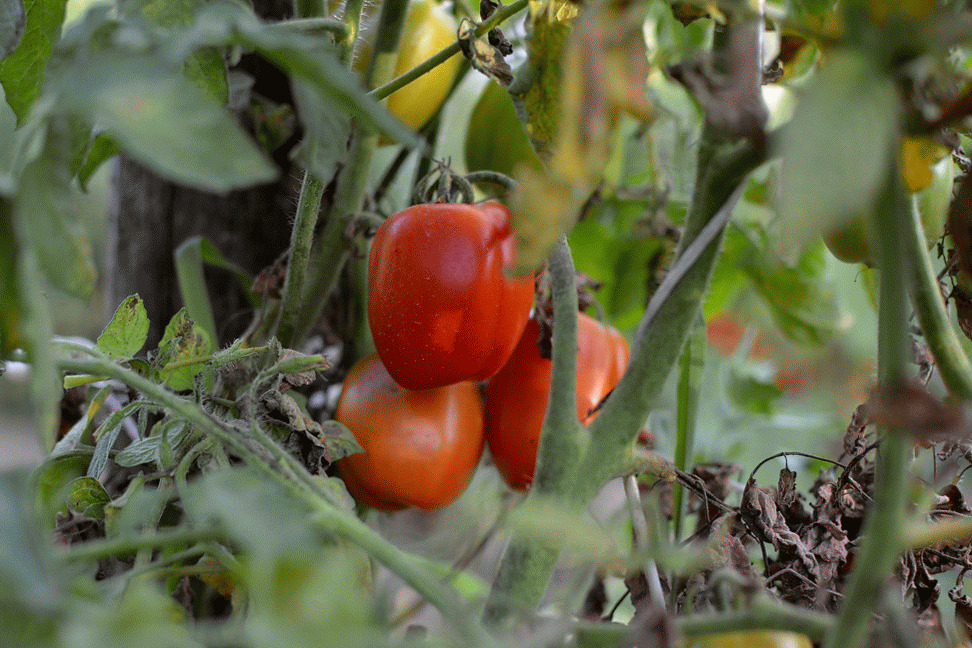
Resilience – the answer to the question of “How much can we take”
To start with; what is resilience? The concept of “Resilience” has become highly used in ecological sciences. Originally from engineering from the 1800s, since the 1970s in ecology it describes how much change a system can take before collapsing. Later, it also included the question of how long does it take for a system to arrive at a new equilibrium level.
Let’s talk about an example: A hypothetical lake that gets polluted. Let’s start with the simple observation, that very small levels of pollution may not endanger the lake as an ecosystem, very big levels of pollution however may endanger the functions of the lake vers much. But how much is too much? Sometimes there are 4 elements of resilience described: How much change a system can undergo (e.g. what amount of pollution occurs), how easy it is to change the system (e.g. how close pollution sources are to the lake, or how fast pollution gets decomposed), how much change it already absorbed (e.g. how high current levels of pollution already are) and how connected the different subsystems are (e.g. how much of the pollution will distribute in the whole lake, such as through micro-organisms). Easily recognizable, as this can be considered for a lake under pollution, it can be considered alike for many other systems.
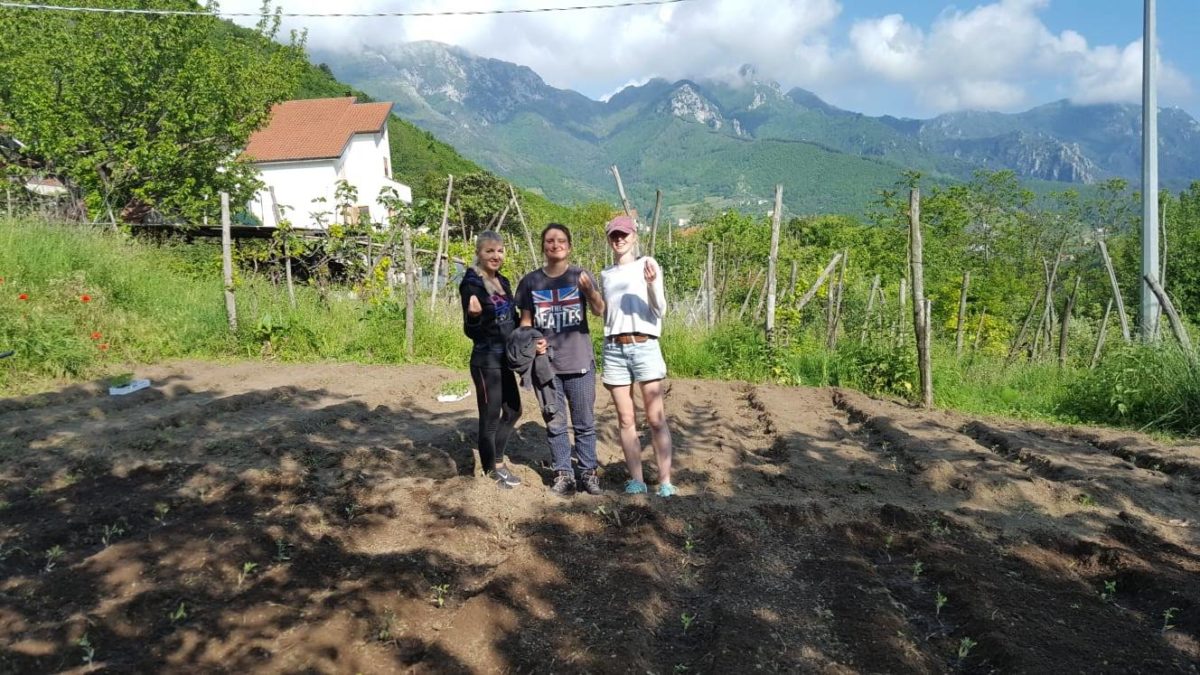
Is resilience an opposite of efficiency?
While writing my masters thesis in 2016, I had an interesting talk with my professor. We discussed how vulnerable our society is to drought events. And in case there is a dry year and there occurs no damage, what does that say about the system’s efficiency? Is efficiency the opposite of resilience? To be a bit more clear, here an example. Let’s imagine I manage my garden, and out of all the factors to consider we focus on the factor of water availability. What rainfall levels will I take into account, what kind of vegetables and plants will I chose?
My garden’s harvest also depends on other factors, such as water availability in different moments of the year, soil quality, available nutrients, management practices and more. But let’s say last year, I super used all the water available. My garden was highly productive, it was a good feeling. A super efficient system (efficiency is creating the most “harvest” out of the resources “land, water” I have available). This year, however, it rains less. What happens in my garden? I will have drought damage in my garden, right? The missing rain water will directly and hurtfully be missing in my garden system, that was so super efficient last year with high amounts of rain.
Another example: How efficient is it, to store wheat at home?
Firstly, let’s consider the cons, or “costs”. I need space for it, I have the risk of it going bad before I can consume it so I will need a consumption system, and I have to spend money on it in moments when I don’t need it, which will be “stored” in form of goods. In this, it is me who takes the risk of the wheat getting bad, or the risk of changing needs – if I should develop an allergy or intollerance against wheat, I have a lot of storage that I cannot use anymore.
Secodly, why would I do it? There are pros, or benefits. Maybe I get a discount for buying a higher amount. Maybe the shop is far away, so I cannot go there every day. And, additionally – as we all know by now, my storage at homes serves to handle another risk – the risk of for some reason not being able to go to a shop tomorrow, or the risk of wheat shortages in the shop.
When we talk about efficiency or resilience, we also always talk about risk. If we all reduce our warehouses and storages on important supply such as food or protective gear, be it at home, in the shops, in the hospitals. If we count on getting supply quickly or even “just in time”, we become more efficient, but we also become more vulnerable to other forms of risk. Cost reduction actually does bring other costs and other risks.
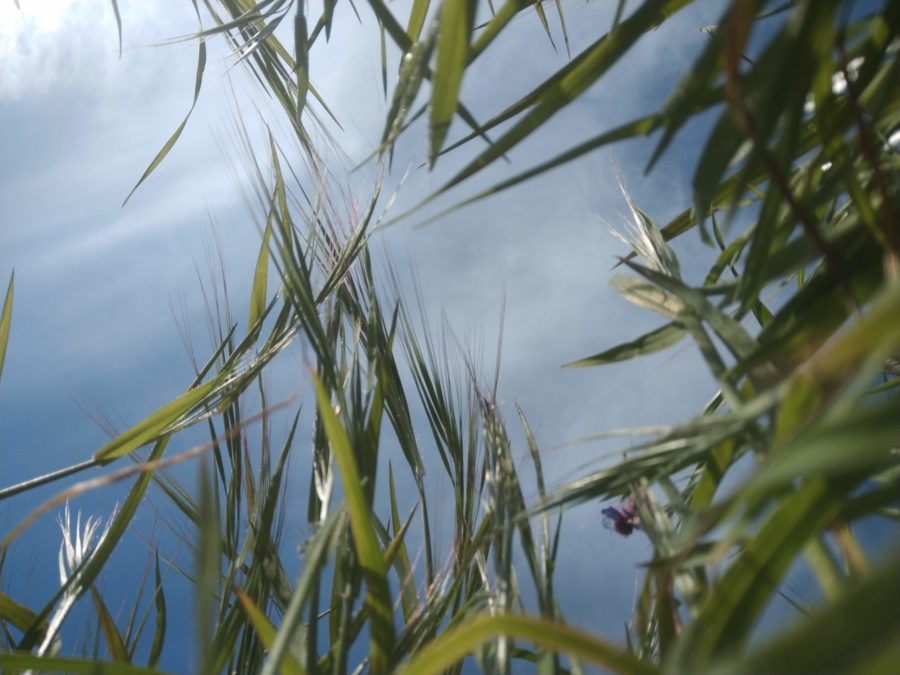
Resilience: how much can we take?
Recently, during corona-times, we do realize what resilience means on ourselves: How much disturbance can we take? And how much can we “persist, adapt and transform in the phase of change” (social-ecological resilience)? As an individual, as a household, as an organization, as society? How much of an income loss can we take? How much “additional” time do we have to put into new challenges, not even talking about supporting our neighborhood? How much of a dropout of the grandparents in child-care can we take? How much can we balance the absence of school classes for our children’s education? How much additional frustration to our “usual life” can we take? How much of a decrease in consumption can our businesses take? How much additional use of protective gear can a hospital make available? And – for how long can we take or do all this?
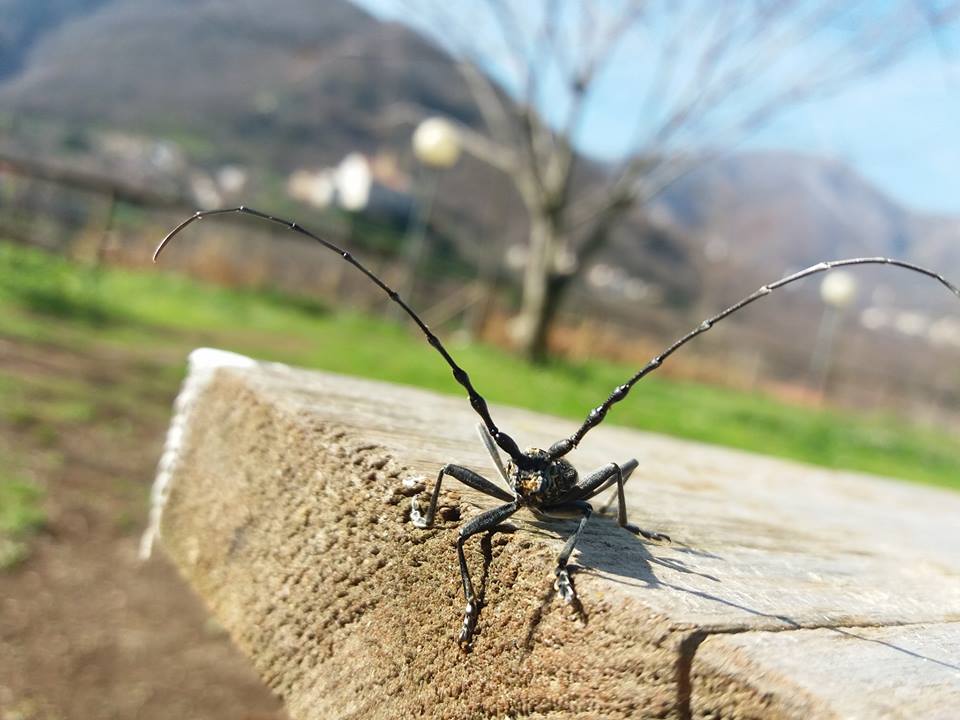
Society like a permaculture garden?
A permaculture garden is concepted following an idea of self-organization. In such a managed garden plants are combined which protect each other from parasites, trees are combined with vegetables in order to provide shade, soil quality and water availability. Varying levels of rainfall won’t matter as much as in a huge and monocultural field, because the system, soil, trees and plants will balance. Moreover, they combine different strengths. If one species grows less in one year, another one grows more. Additionally, permaculture gardens are even highly productive in terms out spatial output because they are diverse – the plants don’t need exactly the same nutrients and they protect the soil quality, which is the most important factor of future productivity.

Using of the term “resilience” in books in the last decades.
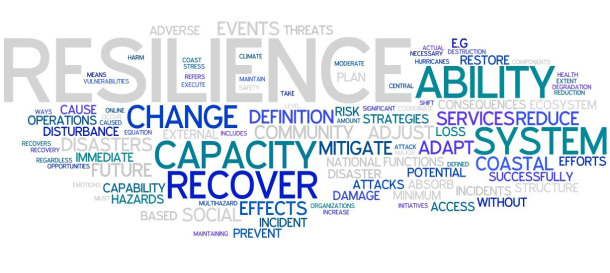
Word cloud “Resilience” from the Global Resilience Collaborative. Source: https://globalresiliencecollaborative.com/2015/12/11/define-resilience-please/
Resilience of our community – going beyond efficiency
What can we learn from this? We would rather want our societies more to look like a permaculture garden and look less like a monocultural field. In a resilient society, we have a high self-organizing capacity, other than an externally cultivated garden. In this, we need sustainable self-reinforcing mechanisms of our organizing capacity. That means, we need strategies for our daily lives that help us organize ourselves. Other than when thinking about efficiency (e.g., the efficient use of time, money, resources, where we look at the input-output relationship: did we check enough tasks from our checklists? Did we gain enough renumeration from our investments?) we should rather focus on building functional relationships with others, have contact to our neighbors, reinforce new talents in each other, have a hobby, have neighborhoods with green spaces, a diverse diet, have some reserves of things we really need and have different sources of our daily basics, such as food, and support business models which do not depend on quarterly or even daily sales numbers. This will not make us efficient or give us immediate renumeration, however, it will provide us with a system that can undergo change. Already amongst the UN Goals for sustainable development we prominently find resilience, e.g. there is the SDG11: Make cities inclusive, safe, resilient and sustainable.
Are there examples of building up resilience? Where I currently live, in the rural Tramonti, people are coping amongst others through cultivating their own gardens in the terraced landscape. The harvest goes into both self-sufficiency and agricultural production. An example of this is the Re Fiascone tomato project, that actually had a possibility to grow in this year, given the high interest in the project. In the United States, Sen. Alexandria Ocasio-Cortez, AOC, currently published on her youtube channel tips for people on how to cope with the additional stress they undergo. She shares experts talking about how to organize your own workplace safety and how to organize childcare collectively. On a European level, many young people decide even in this period to take part in an European Solidarity Corps project in a foreign country, where they learn from 3 – 12 months about different ways of life and experience cultural exchange. The demand of classical bikes, e-bikes and e-scooters booms since 2020, bringing people to new forms of transport and supporting the further development of this technology. And again in Tramonti, you can find a traditional way of planting mixed beans: They are planted in a mix, and depending on a year, the composition in the harvest will be different: The ones best adapted to the year will have grown.
Resilience in our society would come from a community effort, and, concluding, yes; I see examples of resilience everywhere I look. And even more so, I think considering our own resilience can guide us in our individual path: What can I do to raise my resilience? What do I need to self-organize myself in a changing situation? How can I adapt my daily life to this new situation? And I hope this can be a moment of growth for these initiatives.
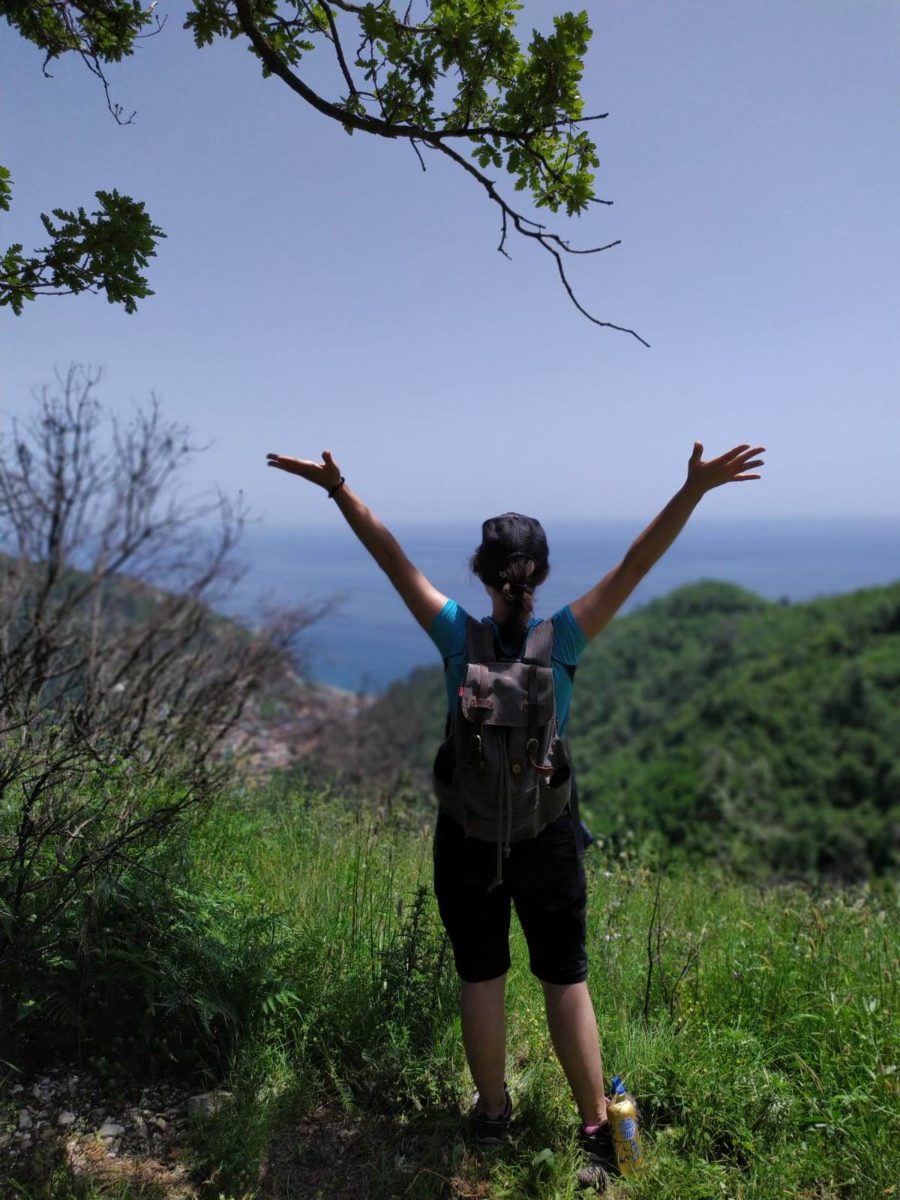
Sources
Concept of resilience:
- https://www.ecologyandsociety.org/vol12/iss1/art23/table1.html
- https://www.stockholmresilience.org/research/research-videos/2017-11-27-understanding-social-ecological-systems.html
- Chelleri et al., 2015. Resilience trade-offs: addressing multiple scales and temporal aspects of urban resilience, available at: https://journals.sagepub.com/doi/pdf/10.1177/0956247814550780
- https://www.undp.org/content/undp/en/home/sustainable-development-goals/goal-11-sustainable-cities-and-communities.html
AOC youtube channel: https://www.youtube.com/c/AOC/videos
Coverage about bike, e-bike and e-scooter sales:
- https://www.theguardian.com/business/2020/sep/08/electric-bike-and-scooter-sales-boom-pushes-halford-back-to-growth-covid-19
- https://www.cnbc.com/2020/08/29/coronavirus-bike-sales-surge-schwinn-pivots-marketing-plan.html#:~:text=Retail%20sales%20of%20bicycles%20have,%24697%20million%2C%20reports%20NPD%20Group.
- https://www.theguardian.com/business/2020/jun/26/bike-boom-uk-sales-up-60-per-cent-in-april-as-covid-19-changes-lifestyles
“passionate about stories of life”
